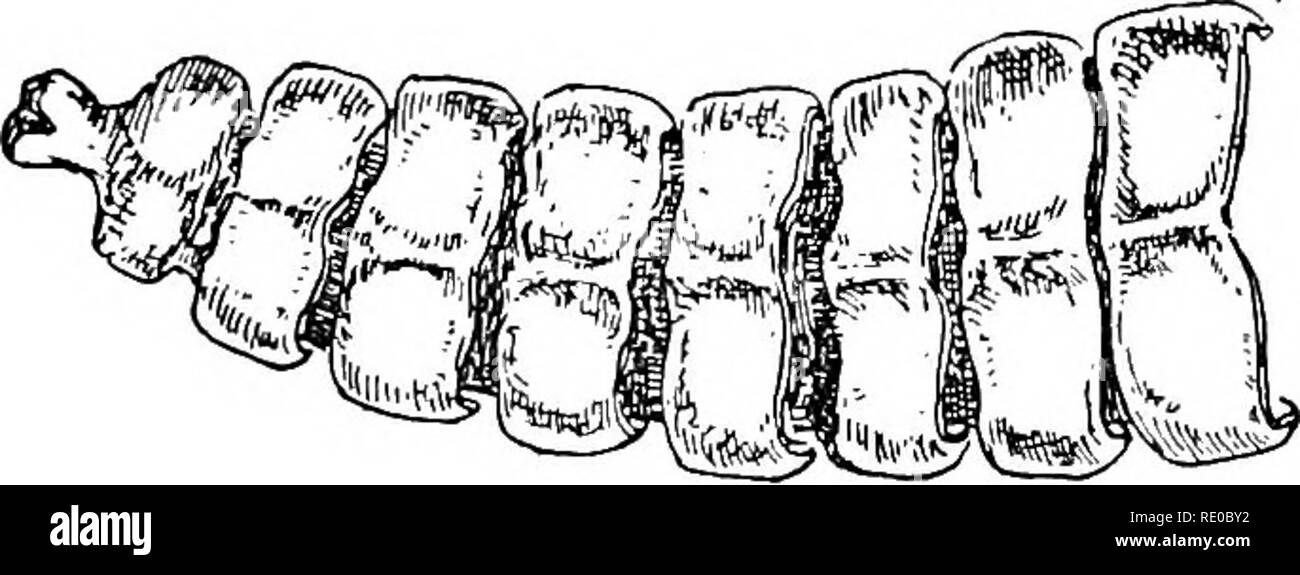. The wonder of life. Biology; Natural history; Zoology. THE DRAMA OF LIFE 37 The theory is that those in the second set can afford to call attention to themselves, being unpalatable or in some other way safe. To frove a theory of this sort is impossible, but it becomes cogent and convincing in proportion to the number and variety of cases to which it can be apphed. Mr. Pocock, of the Zoological Society's Gardens in London, has apphed the theory to various Mammals, and it seems to work out well. Taking the common shrew {Sorex vulgaris), for instance, he points out that it is fearless and carel

Image details
Contributor:
The Book Worm / Alamy Stock PhotoImage ID:
RE0BY2File size:
7.2 MB (271.4 KB Compressed download)Releases:
Model - no | Property - noDo I need a release?Dimensions:
2588 x 966 px | 21.9 x 8.2 cm | 8.6 x 3.2 inches | 300dpiMore information:
This image is a public domain image, which means either that copyright has expired in the image or the copyright holder has waived their copyright. Alamy charges you a fee for access to the high resolution copy of the image.
This image could have imperfections as it’s either historical or reportage.
. The wonder of life. Biology; Natural history; Zoology. THE DRAMA OF LIFE 37 The theory is that those in the second set can afford to call attention to themselves, being unpalatable or in some other way safe. To frove a theory of this sort is impossible, but it becomes cogent and convincing in proportion to the number and variety of cases to which it can be apphed. Mr. Pocock, of the Zoological Society's Gardens in London, has apphed the theory to various Mammals, and it seems to work out well. Taking the common shrew {Sorex vulgaris), for instance, he points out that it is fearless and careless.. Fio. 14.—The rattle of the rattlesnake (Grotalus), composed of a number of horny beUs, added to at successive moults. It is agitated when the snake is excited and produces a shrill noise. Thus large animals, on whom the snake would simply waste its poison, are warned off. and that it makes a frequent squeaking as it hunts. It can afford to be a seK-advertising animal because of a strong musky scent, which makes it unpalatable. A cat will never eat a shrew. The odoriferous glands are situated in a long line on each side of the body. Similarly, the large Indian musk-shrew {Crocidura ccerulea) is conspicuous even at dusk, quite fearless in its habits, and goes about making a pecuhar noise Uke the jinghng of money. But it is safe in its unpleasant musky odour. The common hedgehog is comparatively easy to see at night; it is easy to catch, because it stops to roll itself up, on very sUght provocation sometimes ; it rustles about in. Please note that these images are extracted from scanned page images that may have been digitally enhanced for readability - coloration and appearance of these illustrations may not perfectly resemble the original work.. Thompson, John Arthur, Sir, 1861-1933. London, A. Melrose, Ltd